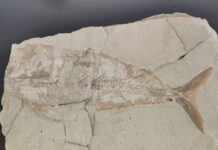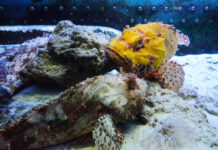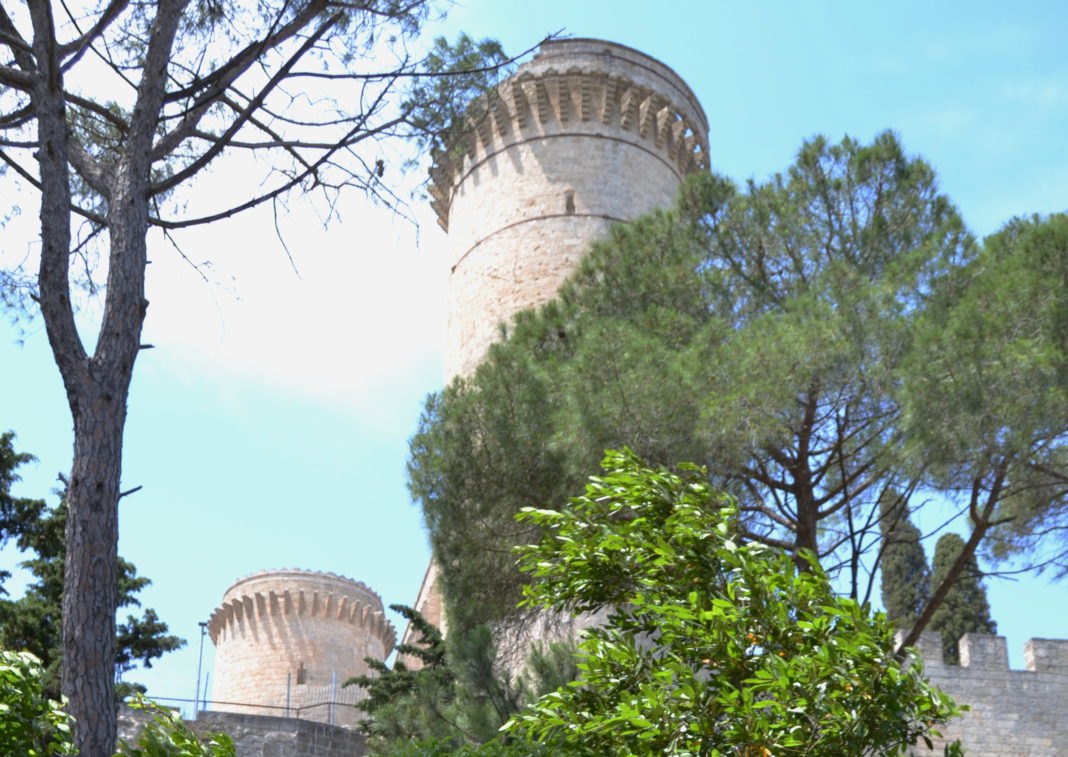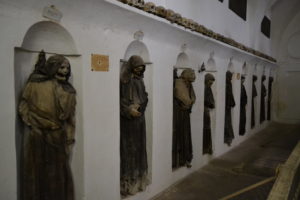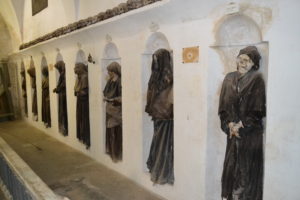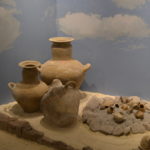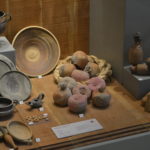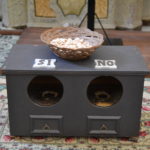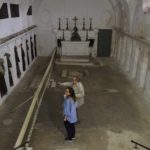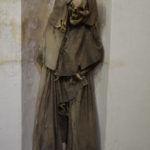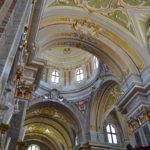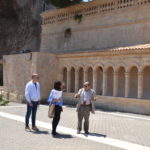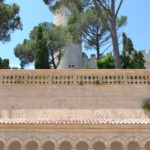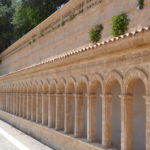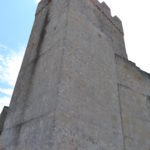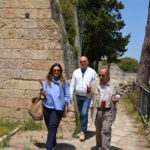This time we want to try and tell you a town rich in history and beauty like Oria in Alto Salento through the pages and characters of a book.
Oria, small village with great history
And not an any book, but the one written by the president of the local Pro Loco, Professor Pino Malva. It is titled “The Ghosts of History” and tells the story of fifteen men and women tied to the town. The monologues, in which they tell about their actions that have given honor and fame to the city over time, have guided us to discover the ancient village, together with the professor in person who led us to an extraordinary route of Oria, once very relevant In the historical-cultural landscape of Salento.
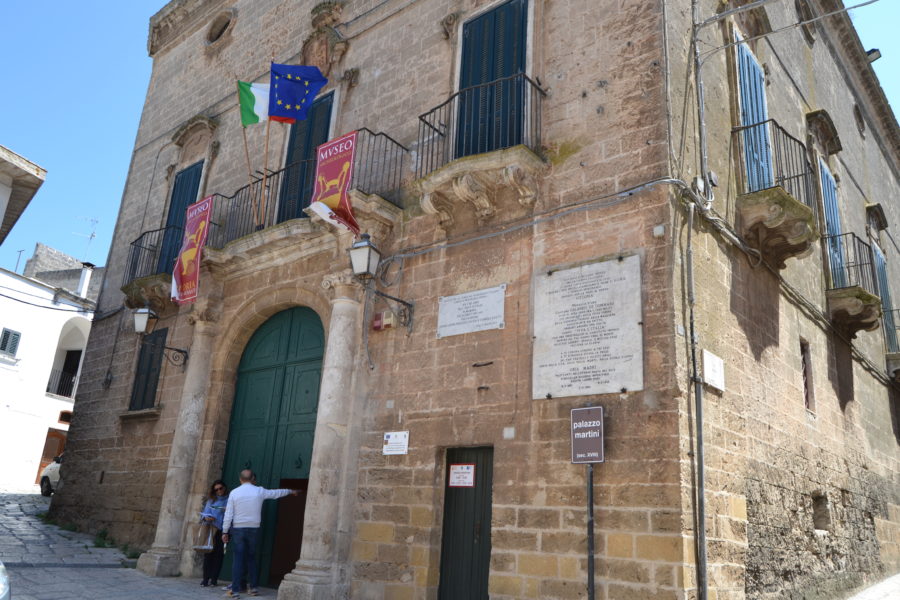
And this is to be found by visiting the Messapi Museum hosted in the Baroque Palazzo Martini, located in the heart of the historic center. Inside are the rich testimonies of this important past.
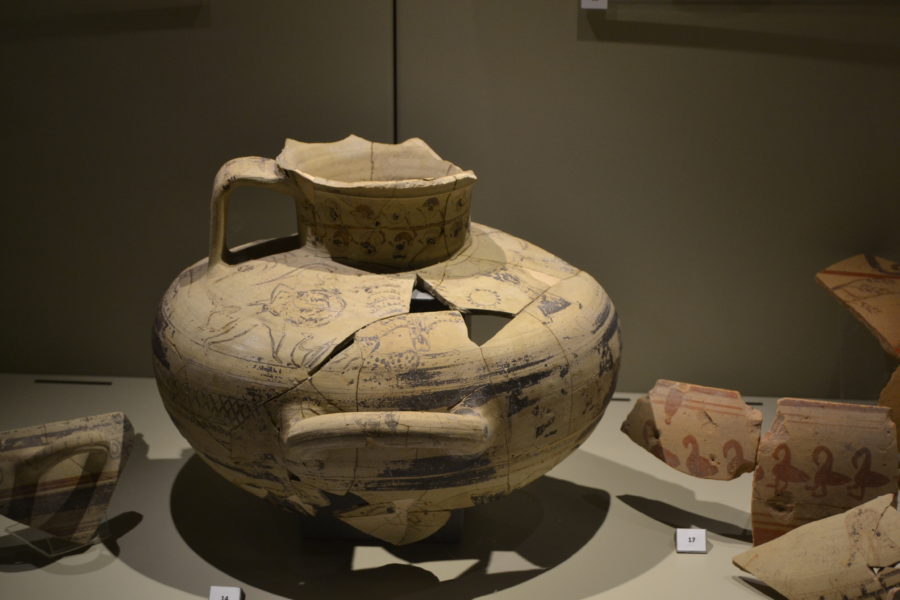
After visiting the interesting museum space, along with Professor Malva and the ghosts he summoned to us, we visited Oria, which is said to be arranged on seven hills like Rome.
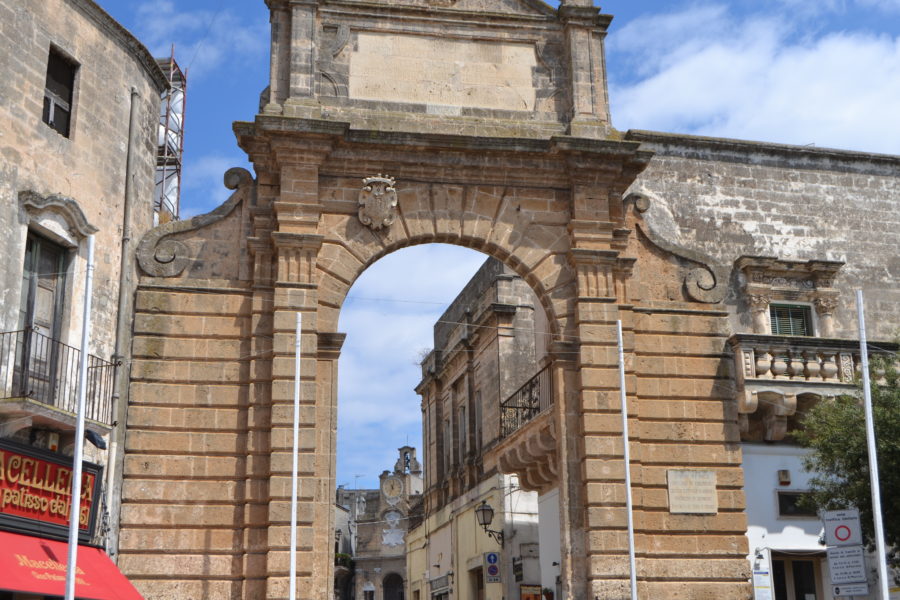
Strolling through its stately palaces, the white lime-painted façades and the “chianche” glittering alleys make it hard to imagine how in such a small hamlet there are so many testimonies, “from Cretan stones to Messapic walls and tombs, from the Roman pilasters and columns to pagan and Christian temples, from basiliane caves to Byzantine crypts, from Jewish stele to longobard friezes, from Norman towers to Angevin memorial to the spectacular summit of the Swabian Castle and the monumental baroque basilica”– as Pino Malva writes. All the walls exude story and whisper stories.
Among the most fascinating legends, those who have as the theater the castle of Federico II, one of the most evocative of the province, but currently unavailable. According to a legend, here in 1400 took refuge in the beautiful Bianca Guiscardi who was persecuted by a wicked nobleman who had lost his head for her and that one day, managed to penetrate the castle, tried to kidnap her. The young woman tried to escape, but when she realized that everything was useless, she was killed with a stab in her heart. And let’s say that the beautiful Bianca still crosses the castle courtyard and looks out over the windows.
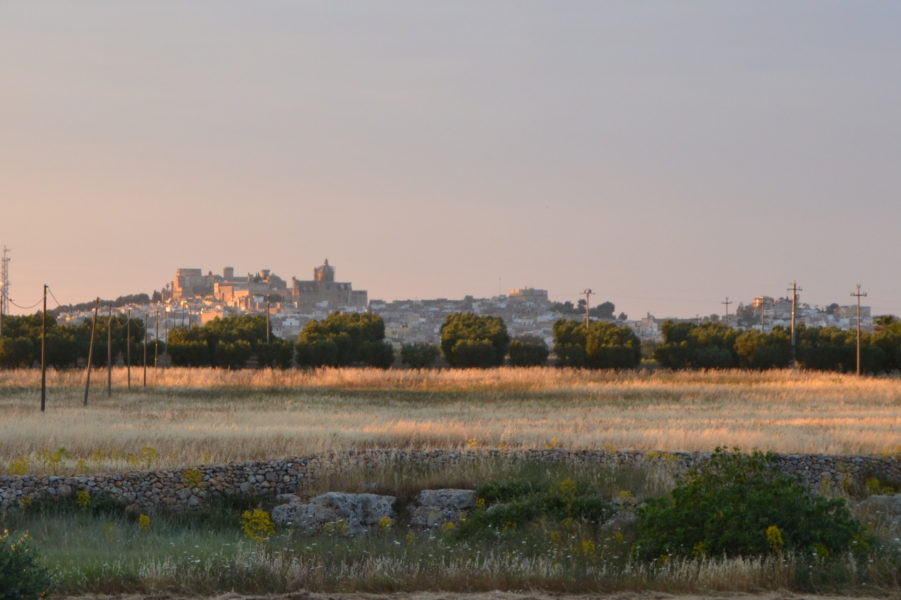
Another story revolving around the medieval castle concerns the so-called “Smoke Oria” legend: up to a few decades ago, towards dusk, due to the evaporation of the water rich in hills and chimney smoke, one could witness the rise of a dense mist surrounding the country. Even in this case the origin of the phenomenon is linked to a legend that sees the protagonist of a girl who threw himself out of the tower of the Salto to not yield to the sadistic desires of a nobleman.
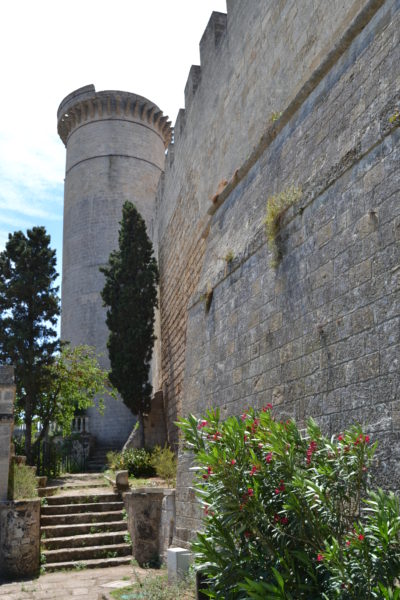
There is also a further version of the same legend that leads to the “smoking” of the sacrifice of a child by a Cretan king during the construction of the defensive walls of the city that collapsed as if shocked by an earthquake.
The king then asked counsel to his priests who, after consulting the oracles, gave a very cruel answer: it was necessary to cement the foundations with the blood of a virgin. So a kid was kidnapped and brought to the king who ordered the sacrifice.
The mother, heard the news, went mad with sorrow, cursed the whole city and said, “Can you smoke in the centuries like burning burns and burning my heart today”.
The professor continued to delight us with his tales of other ghostly appearances. Among the most noteworthy are those of the Bishop Theodosius that two nights a year emerged from the Crypt of Saints Crisanto and Daria and that of the Woman from the cut-off hands in the castle halls.
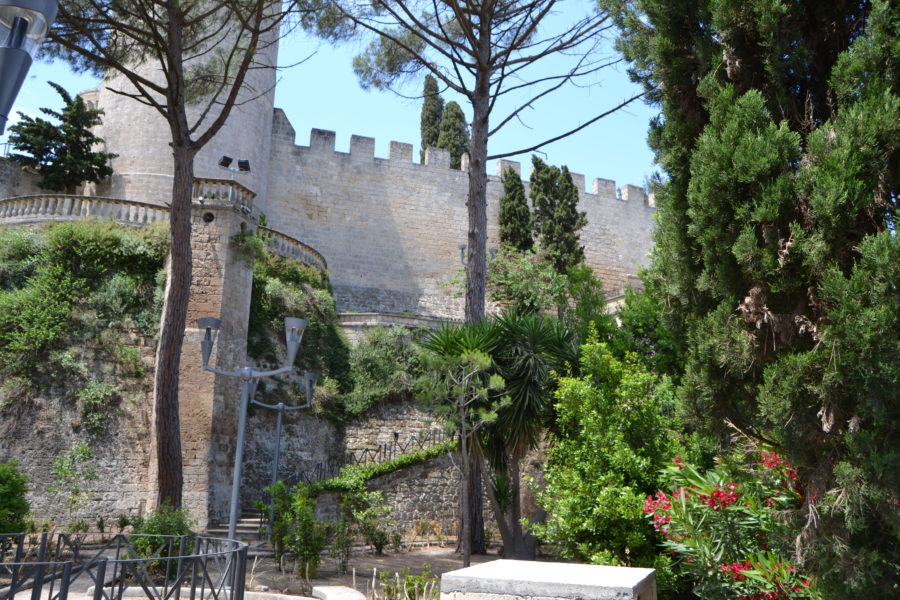
Surprisingly, what happened during the last restoration work of the castle during which the tomb of a woman whose hands had been cut off was found! At this point some chills slid down the back…
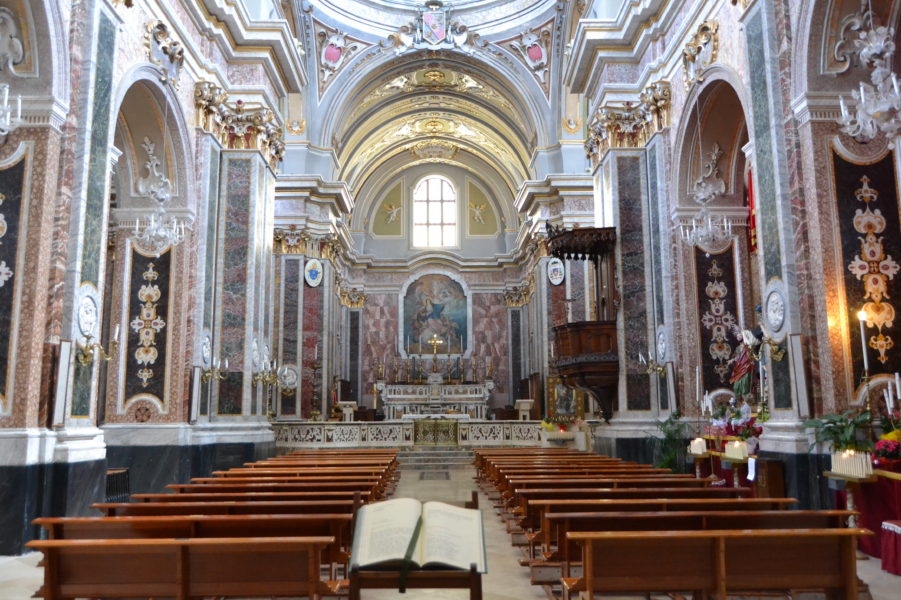
Our tour went on to the cathedral basilica that rises on the highest part of the Vaglio Hill. The interior is so majestic that it deserves the title of “Little San Pietro”: high quality marble and stucco, statues of the Santi Medici of the Venetian school and that of the protector San Barsanofio of Neapolitan school.
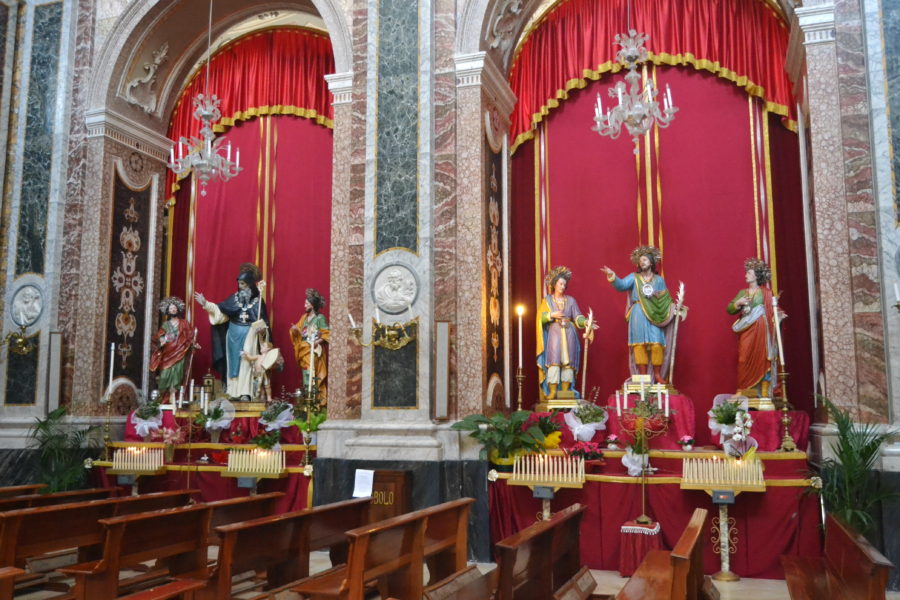
Through the Chapel of the Baptistery you arrive in the oratory of the Archconfraternity of Death, while a ladder leads to the Crypt of the Mummies realized in memory of all those who have never returned from the battle against the Turks on the land of Otranto. The place is very impressive and arouses some fear because it feels strangely observed by the orbiting looks of the mummified bodies of the confreres.
The professor then told us a macabre story: at the sides of the staircase up to a few decades ago there were wooden arms that leaped forward to the passage of people to ask the collection. But they were eliminated when a lady fell on the stairs for fear and lost her life.
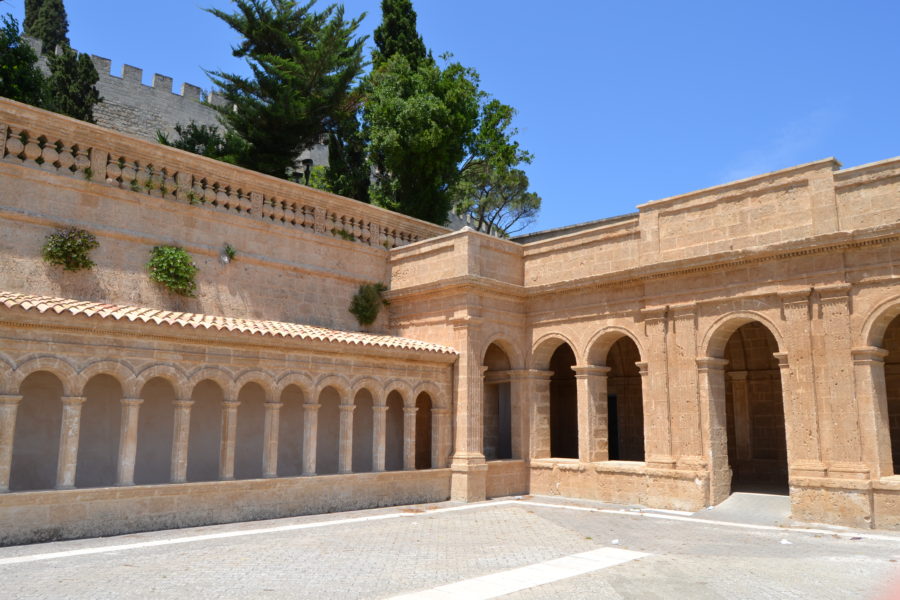
The shakes at this point have increased so we went back to the Parco Montalbano, located near the castle. This is a roof garden that is sloping down on the terraces of the ancient Celestine Fathers’ Convent, then passed to the Salerno-Mele family, transforming it into a naturalistic trail with breathtaking views.
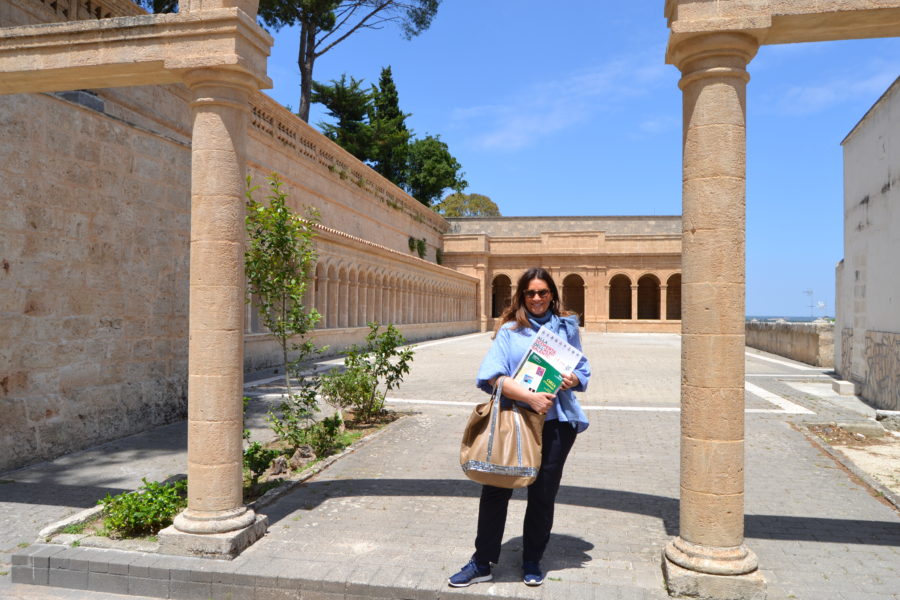
Today the property is the Municipal Administration which offers everyone the opportunity to enjoy pleasant walks among pools, ponds and charming green corners. Here at times it seemed to us that the wind whispered stories among the fronds and among those that those who often used to walk through these avenues: Vincenzo Corrado, the gallant cook, first introduced in the book of the same name published in 1773, culinary terms like sartù, bigné and gatò and recipes then went to full hands by his successors, Artusi in his head in his “Science in the Kitchen”. And it seemed almost to warn us in the air of the intense scents of the sought-after dishes proposed by Corrado in the noble courts of the time.



